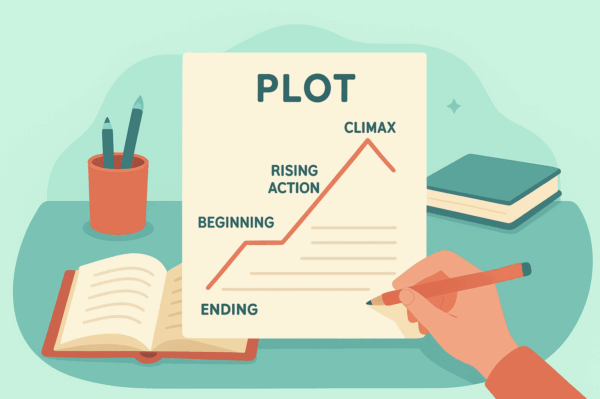The Writing Process: Crafting a Flawless Masterpiece
Writing is more than just putting words on paper. It is an art form that requires careful thought, strategic planning, and meticulous attention to detail. From essays to research papers, novels, books or any other type of written work, the writing process plays a critical role in bringing your creation to life.
In this article, we delve into the five crucial steps in the writing process, including pre-writing, planning, rough drafting, revising, editing, and proofreading. Follow these steps to guarantee that your writing is of the highest quality and that your ideas are communicated effectively to your readers.

1. Gathering Ideas: Unleash Your Creativity
The first and perhaps most important step in the writing process is gathering ideas. This is where you tap into your imagination and gather all the thoughts, concepts, and themes that you want to convey through your writing. This stage is crucial as it sets the foundation for your writing and helps you identify your message.
To gather ideas, you can use various techniques such as brainstorming, free-writing, and mind mapping. You can also take inspiration from your daily life experiences, current events, books, and even conversations with friends and family. The key is to not limit yourself and let your creativity flow freely. You can jot down your ideas in a notebook, create a mind map, or use a graphic organizer to help you structure and organize your ideas.
2. The Five Step Writing Process: Plan for Success
Once you have gathered your ideas, it’s time to get organized. The planning stage is where you refine your ideas and determine what information you want to include in your writing. This stage is critical for shaping the structure and flow of your writing. You might create an outline, list key points, or craft a compelling thesis statement. The goal is to have a clear roadmap for your writing that guides you to achieve your desired outcome.
3. Drafting: Write Your Heart Out
With a solid plan in place, it’s time to start writing. In the drafting stage, you turn your ideas into written form. Don’t worry about being perfect at this stage; the goal is to get your thoughts down on paper. You can always revise and refine later. At this stage, it’s okay to be messy, to make mistakes, and to not have everything figured out. The important thing is to keep writing and not get bogged down by self-doubt or perfectionism.
4. Revising: The Key to a Compelling Piece
Once you have a rough draft, it’s time to revise. This stage is where you evaluate and improve your writing. You add new information, delete unnecessary details, and refine your writing to make it flow smoothly. Revising is an essential step for transforming your writing into a compelling and well-structured piece. You can revise as many times as you need until you are satisfied with the end result.
5. Editing and Publishing: The Final Touches
The final stages of the writing process are editing and publishing. In the editing stage, you fine-tune your writing, fixing grammar, spelling, and punctuation errors. This stage is also an opportunity to enhance the clarity and coherence of your writing. Remember, editing is all about making your writing shine and leaving a lasting impression on your audience. Finally, publishing is the process of sharing your work with the world, whether through print or digital means.
Publishing can be both exciting and nerve-wracking, but it’s essential to remember that your writing is a reflection of your voice and ideas. So, take a deep breath and have confidence in your work. Whether you self-publish or submit your writing to traditional publishers, the important thing is that you are sharing your story and making your voice heard.
In conclusion, the writing process is a journey that requires patience, perseverance, and a commitment to excellence. Whether you’re writing a book, an article, or a blog post, the key is to stay focused, stay organized, and stay true to your voice. By following these five steps, you can create writing that is not only engaging but also effective in delivering your message.







